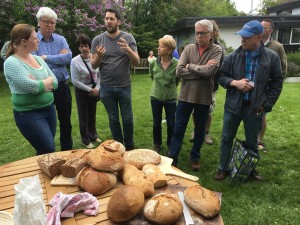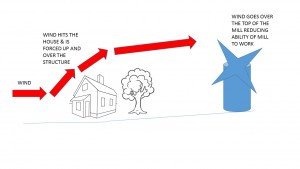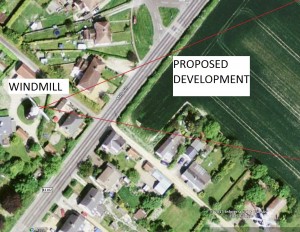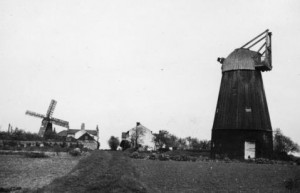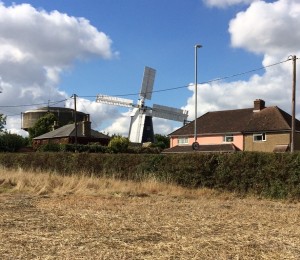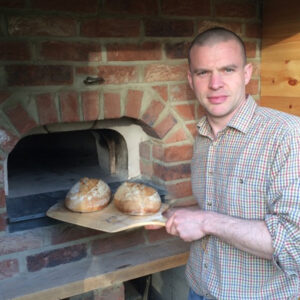National Mills Weekend, a weekend to celebrate the UK’s traditional milling heritage and organised by the Mills Section of the Society for the Protection of Ancient Buildings falls on the 13th and 14th May this year and mills around Cambridgeshire will be opening their doors to welcome visitors. East Cambridgeshire has one of the largest concentrations of remaining windmills left in the whole of the UK and we, Swaffham Prior, are the only village in the region with two preserved windmills and the only village in the UK with two windmills both with their sails!
Fosters Mill will be open on Sunday from 1pm to 5.30pm.
Baking Top Tips
World renowned artisan baker Carl Shavitz of the Artisan Bread School will be running sourdough and focaccia baking demonstrations during the afternoon, so if you already bake your own bread, come along and get some top tips. If you’re tempted to join the baking revolution, come along too and see how easy it is to make your own bread!
Bake your own Bread in our Wood Fired Oven!
For those of you who already bake and fancy trying your bread baked in a real wood fired oven, bring you proven dough for 2.00pm or 4.00pm and load it into our oven which will be fired up ready for the fun!
Tour the Mill
The mill will also be open for tours and working, wind permitting. Our award winning flours (11 varieties in all) will all be on-sale along with our muesli and oat product range. If you can’t get along, remember the mill shop is open Thursday mornings each week from 9am to 1pm. Our mail order business allows you to send flour across the UK, a great way to send a gift from Swaffham Prior!

